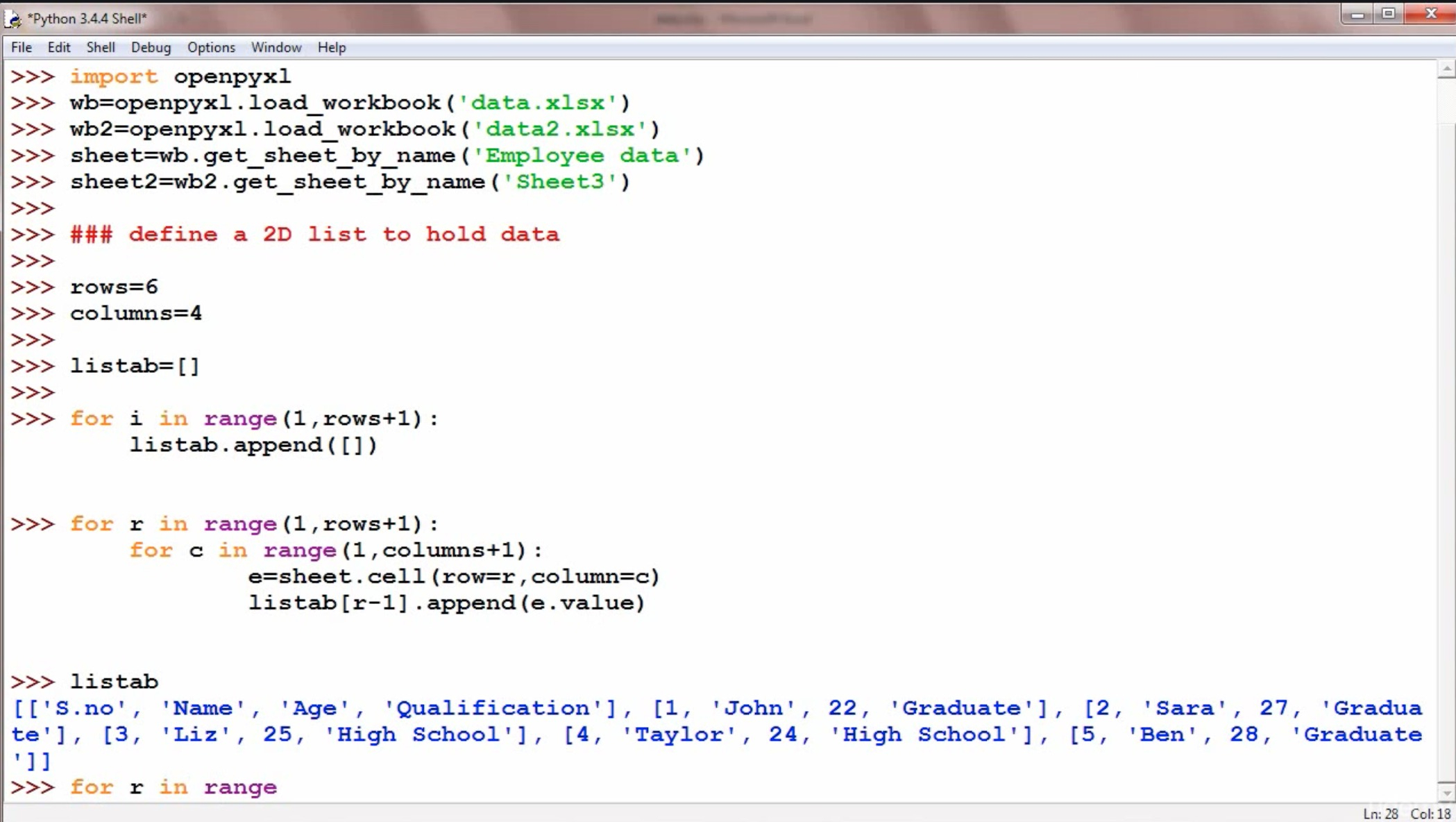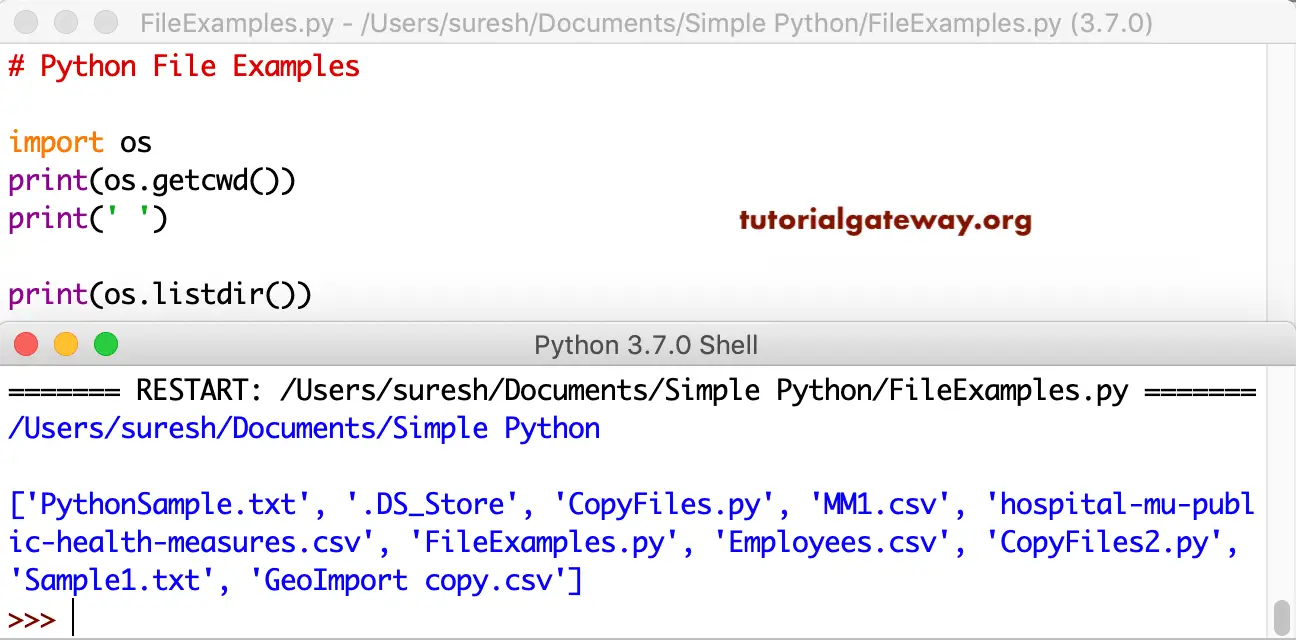
Python has a built-in function for closing a file that is close() function.Įxample: file = open(“C:/PythonPrograms/sample.txt”)Ĭlosing a file using the close() method in python. Opening the file in read and write in binary mode,įile = open(“C:/PythonPrograms/sample.txt”, ‘r+b’)įile = open(“C:/PythonPrograms/sample.txt”, mode= ‘r+b’)Īnd it is recommended to write encoding type,įile = open(“C:/PythonPrograms/sample.txt”, mode= ‘r+b’, encoding= ‘utf-8’) We can also specify the mode of the file,įile = open(“C:/PythonPrograms/sample.txt”, ‘w’)įile = open(“C:/PythonPrograms/sample.txt”, ‘r’) Python has a built-in function for opening a file that is open() function.įile = open(“C:/PythonPrograms/sample.txt”) Now, Let us know the operations that can be done on files.

→ As these are binary files data is stored in a file after converting it into machine-understandable binary language. → Binary files are written in binary languages i.e., 0s and 1s, which does not require a terminator. → Text files have a terminator for each line with a special character in python. → Files are of 2 types such as normal text files and binary files.

→ Files are generally used to store information fetched from the programs. → File handling functions are creating a file, writing into the file, reading the file, and updating the file. → Some methods in file handling in python. → We will know each file handling function, such as opening the file, closing the file, creating a file, writing into the file, reading the file, and updating the file.

→ In this article, we will know about file-handling functions in python. Python has built-in functions for handling files such as creating a file, writing into the file, reading the file, and updating the file.

Python is an object-oriented and high-level language that supports many built-in functions which is easy to use for users.


 0 kommentar(er)
0 kommentar(er)
